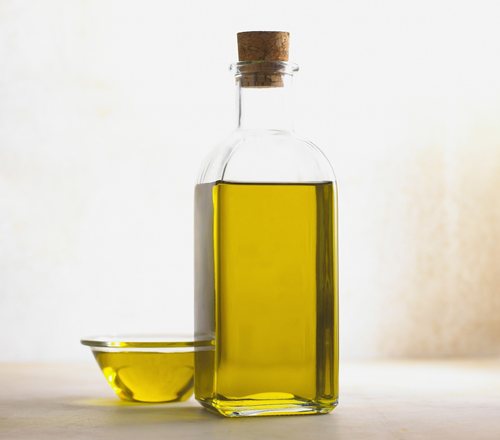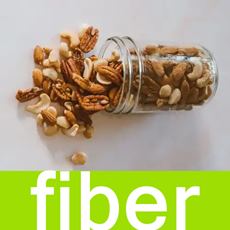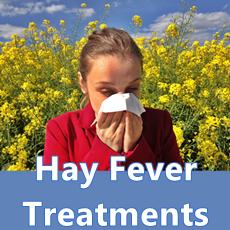Chestnuts
Nuts are good for you, try chestnuts
Fact Checked
×All the content published in our website is fact checked to validate its accuracy.
Visit our guidelines web page to learn more about our strict processes regarding how we review our content's sources: reliable and reputable journals, media websites, universities, colleges, organizations, and professionals.
Our articles are based on scientific evidence, and the references are included in their footnotes, which are clickable links to sound scientific papers.
First published: 14. Feb.2025
Overview, tree nuts series: Chestnuts
This article about chestnuts is part of our nuts series, which covers different tree nuts mentioning their health benefits, nutrients, properties, and risks.
References and Further Reading
(1) Bezerra M, Ribeiro M, Igrejas G. , (2021). An Updated Overview of Almond Allergens. Nutrients. 2021 Jul 27;13(8):2578. doi: 10.3390/nu13082578. PMID: 34444737; PMCID: PMC8399460
(2) Gonçalves B, Pinto T, Aires A, Morais MC, Bacelar E, Anjos R, Ferreira-Cardoso J, Oliveira I, Vilela A, Cosme F., (2023). Composition of Nuts and Their Potential Health Benefits-An Overview. Foods. 2023 Feb 23;12(5):942. doi: 10.3390/foods12050942. PMID: 36900459; PMCID: PMC10000569
(3) de Souza RGM, Schincaglia RM, Pimentel GD, Mota JF., (2017). Nuts and Human Health Outcomes: A Systematic Review. Nutrients. 2017 Dec 2;9(12):1311. doi: 10.3390/nu9121311. PMID: 29207471; PMCID: PMC5748761
(4) Zeng X, Wang M, Chen L, Zheng B., (2023). Impact of using whole chestnut flour as a substitute for cake flour on digestion, functional and storage properties of chiffon cake: A potential application study. Food Chem. 2024 Jan 30;432:137016. doi: 10.1016/j.foodchem.2023.137016. Epub 2023 Jul 27. PMID: 37647706
(5) Rico, P. et al., (2004). Chestnut allergy.Journal of Allergy and Clinical Immunology, Volume 113, Issue 2, S149
(6) Rodrigues P, Ferreira, et al. (2020). Dietary Supplementation with Chestnut (Castanea sativa) Reduces Abdominal Adiposity in FVB/n Mice: A Preliminary Study. Biomedicines. 2020 Apr 4;8(4):75. doi: 10.3390/biomedicines8040075. PMID: 32260459; PMCID: PMC7235886
About this Article
Chestnuts, A. Whittall
©2025 Fit-and-Well.com. First Published: 14.Feb.2025. Update scheduled for 14.Feb.2027. https://www.fit-and-well.com/diet-food/chestnuts.html
Tags: chestnuts, nuts, allergy, phytochemicals, vitamins, minerals, omega fatty acids, fiber



